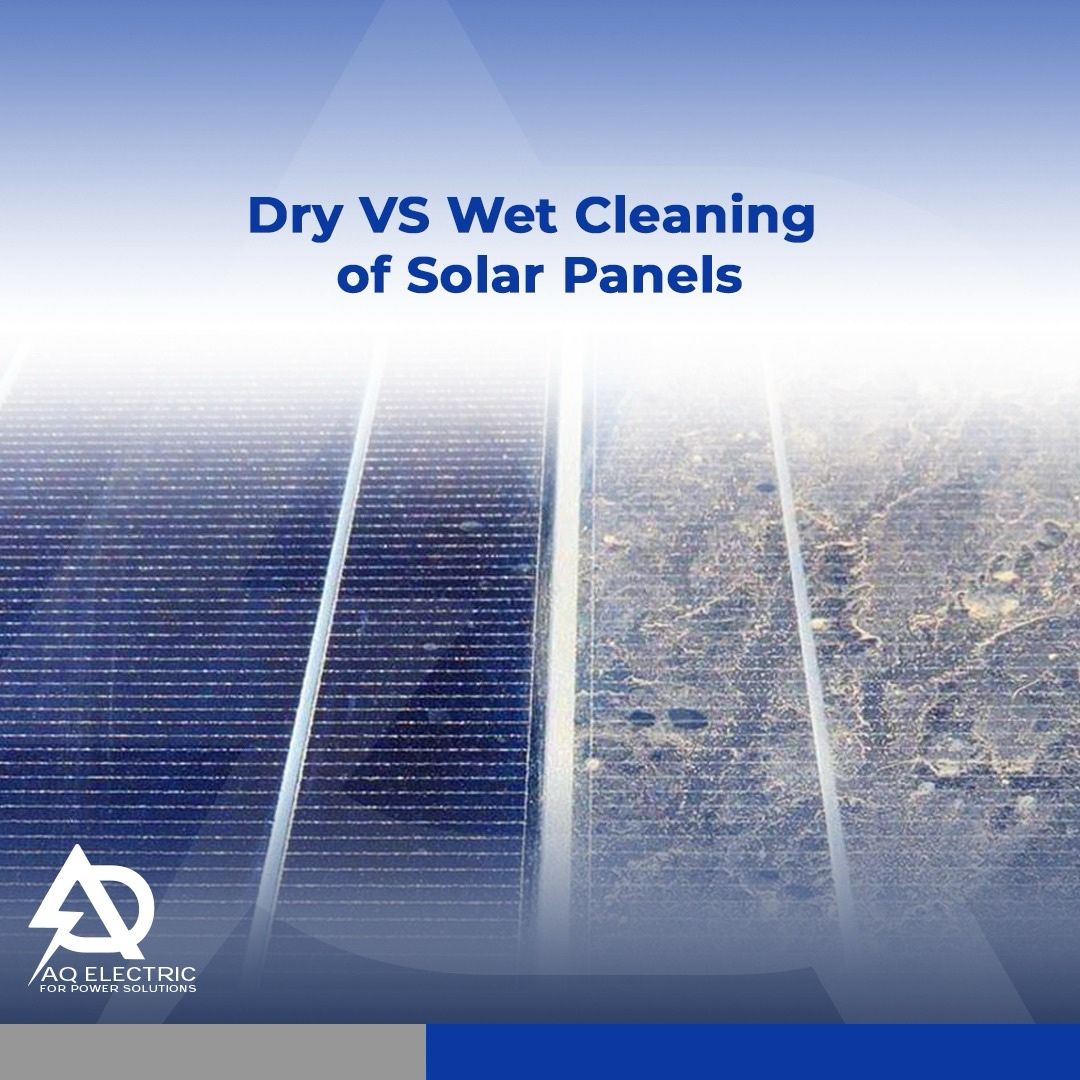Maintaining the cleanliness of solar panels is crucial for their efficiency and longevity. Dust, dirt, and other contaminants can significantly reduce their ability to generate electricity, making regular cleaning essential.
While the primary method for cleaning solar panels is the wet cleaning (cleaning with demineralized water), the dry cleaning is a method of choice in desertic regions or where water access is limited. While each has its pros and cons.
Wet Cleaning
Wet cleaning involves using demineralized water, sometimes mixed with the appropriate cleaning solutions, to clean the surface of solar panels
Advantages of Wet Cleaning:
– Thorough Cleaning
– Enhanced Efficiency
– Longer cleaning intervals
– Reduced Abrasion
Disadvantages of Wet Cleaning:
– Logistical Challenges
– High Water Usage
– Increased Costs
Dry Cleaning
Dry cleaning is simply brushing the surface of the PV modules with a brush without adding water.
Advantages of Dry Cleaning:
– Water Conservation
– Cost-Effective
– Simplified Logistics
Disadvantages of Dry Cleaning:
– Manufacturer Restrictions
– Higher Abrasion
– Effectiveness: Less effective in removing stubborn soiling, bird droppings, sticky residues or harsh soiling.
– Frequent Cleaning Needed
Choosing the Right Method
When deciding between wet and dry cleaning, several factors should be considered:
– Location and Climate
In arid regions with limited water availability, dry cleaning may be more practical and beneficial.
– Panel Type and Installation
Some panels have coatings that could be sensitive to certain cleaning methods. The angle and accessibility of the panels also play a role in determining the best cleaning approach.
Hybrid Cleaning, The Best of Both Worlds
Hybrid cleaning combines the strengths of both wet and dry methods to optimize solar panel maintenance. This method consists of adding one or two wet cleanings on sites that are dry cleaned several times per year.
This approach addresses the limitations of using either method alone and maximizes the benefits by combining them.
Both dry and wet cleaning methods have their own advantages and challenges. The choice between the two largely depends on specific circumstances, including geographical location, environmental conditions, and cost considerations. For many O&M teams, Asset owners, or Managers a combination of both methods is the most effective approach. A combination of both methods – hybrid cleaning often proves to be the most effective approach.
For more information and requests you can reach us,,
Email: Aqatawneh@aqelectric.net
Mobile: +201151006630
+962795154126

